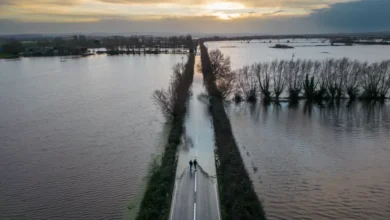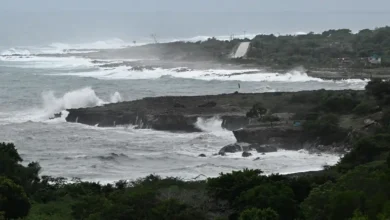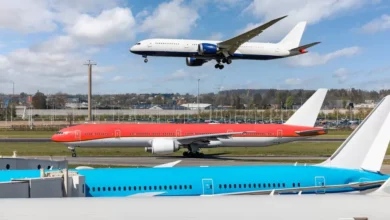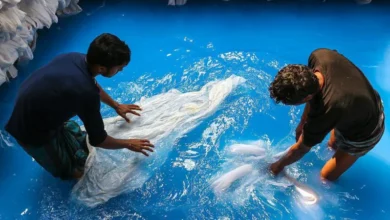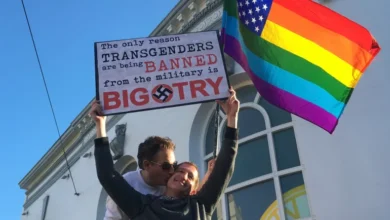‘Taking sides’: The international activists for Palestine Israel targets
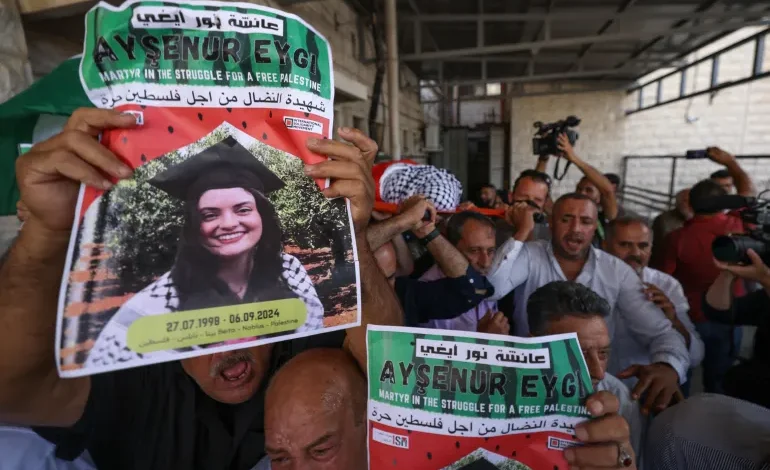
Aysenur Ezgi Eygi‘s name has spread around the world in the month since an Israeli soldier shot the Turkish American activist in the head during a protest against illegal settlements in the occupied West Bank.
Yet while Eygi’s killing made international headlines and sparked global condemnation, the killing of a 13-year-old Palestinian girl named Bana Laboom – on the same day, also near the city of Nablus – went largely unnoticed.
The disparity in attention paid to Israeli killings of Palestinians and foreigners is not lost on Huwaida Arraf, an American Palestinian activist and co-founder of the International Solidarity Movement (ISM), the group with which Eygi travelled to Palestine.
In fact, it is a double standard that groups such as the ISM have sought to use for years.
While increasingly aware that their foreign passports offer only a measure of protection and no guarantee of safety, international activists seek to leverage their status to expose and bring greater scrutiny to Israeli violence and support Palestinians in resisting the occupation.
“It was always a struggle, how much to play into and utilise the very racist Israeli system that places different values on different lives,” Arraf told Al Jazeera. “You know that they don’t really value Palestinian, Arab, Muslim lives.”
Like the tens of thousands of Palestinians also killed over the same period, there has been little consequence for the soldiers who killed them.
The Israeli army said after an initial probe that Eygi was shot “unintentionally” and that it was launching a further investigation.
Turkey said it plans to probe the killing, but the United States has rejected calls for an independent, US-led probe, deferring instead to the Israeli one.
Israeli forces have killed several US citizens in recent years, but US President Joe Biden’s administration has consistently rejected calls for independent investigations.
Eygi’s killing has put a spotlight on the role of international activists in Palestine and their efforts to expose the violence of Israel’s occupation.
International solidarity with Palestine has lasted decades, with left-wing and anti-colonial movements from around the world aligning with the Palestinian resistance struggle as far back as 1948.
Starting around the beginning of the second Intifada in the early 2000s, a different sort of international solidarity took hold in the occupied Palestinian territory.
Foreign nationals began travelling to Palestine in greater numbers specifically to document the realities of life under Israeli occupation, participate in protests, attempt to stop home demolitions or accompany Palestinians to their lands in an effort to protect them from Israeli settler and military attacks.
ISM – now one of several similar groups – largely pioneered the strategy, starting as a loose network of international and Israeli activists who were already in Palestine during the second Intifada.
As Israeli attacks intensified, the group started stationing international activists in Palestinian homes targeted by the Israeli military, then notified foreign embassies and media of their presence.
“We just put out a press release noting that there were internationals in this area where Israel is firing tanks at civilian homes, as a way to get international embassies involved,” Arraf explained.
“[W]e focused on where the Israelis were carrying out military operations to try to put internationals there and in a sense raise the stakes on Israel, and get international embassies and governments more involved,” she said.
At the time, Arraf noted, Palestinian voices were a rarity in foreign media coverage of the region, and having internationals on the ground “provided an opportunity to talk about what was happening and dispel a lot of the stereotypes and the narrative that had been built up about Israel being the victim”.
ISM soon started calling for people to go to Palestine and get involved. About 50 people responded to the first call for volunteers, Arraf said.
A second call drew about 100 – primarily Europeans and North Americans, for whom travel to the region was easier.
